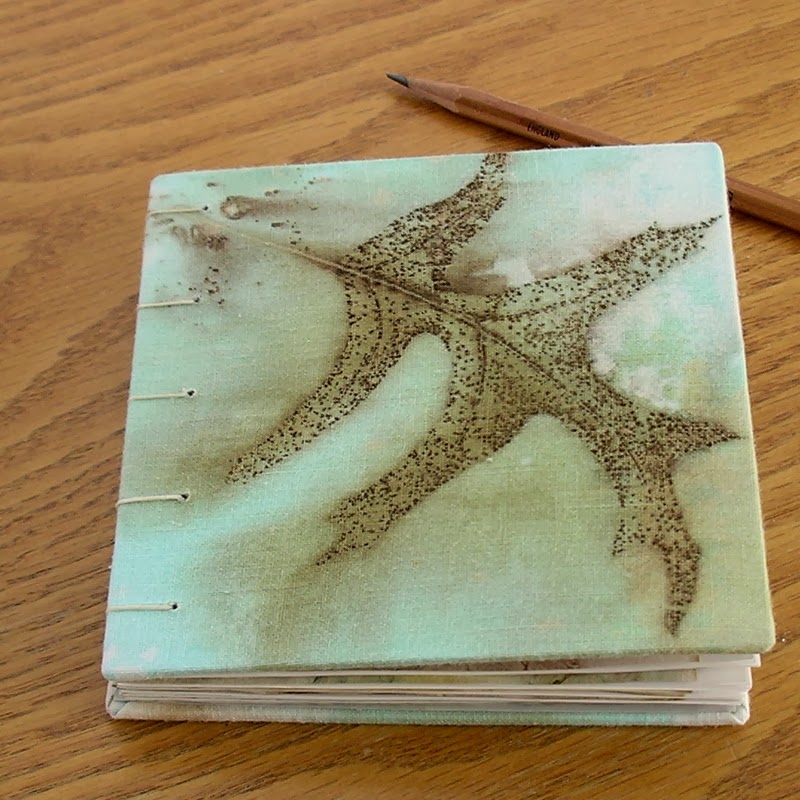I spent the week working with carrot tops saved from our summer garden. We keep our carrots in the ground until we need them or the ground freezes. With the mild autumn we had, we still had some in the ground until the first week of December. Not bad for Colorado! Each time we brought some in from the garden I stored the tops in the freezer. Since doing this I learned that it would be better to store them dry. Will have to try that next year.

So with the amount of tops I ended up with I was able to test three different mineral springs against tap water. "The spring water of Manitou Springs originates from 2 sources. Deep-seated waters of the Rampart Range and Ute Pass provide one source of mineral water. Water below surface is run through cavernous drainage systems call Karst aquifiers. Limestone in the water dissolves and resulting carbonic acid, or carbon dioxide makes the water effervescent. The waters rises to the surface naturally. This process is an artesian process where as water rises through layers of rock it picks up minerals and soda or sodium bicarbonate. Some of the spring water also comes from surface water from the watershed basins of Fountain Creek and Williams Canyon. Each spring has a different mineral content and because of that, a different taste."* And for my purposes a difference in dye color achieved. (Side note: You may remember hearing about flooding in Colorado this past summer. A lot of it was in the Fountain Creek and Williams Canyon area mentioned above. All of this flooding was due to the Waldo Canyon fire in 2012 which left the hillsides bare and ripe for flash floods. Because the mineral springs are below ground they were not contaminated by the ash that came down in the flood.)
Top left scraps photo are silk dyed in Wheeler spring water which has the highest amount of copper. Middle two fabrics (silk left, vintage cotton right) were dyed in Seven Minute Spring water which has an even distribution of all minerals. Love the color of the vintage cotton(premordant with alum). Right three scraps are two different types of silk and a vintage cotton dyed in tap water. The middle piece of silk was wrapped around a copper pipe. Not very visible in the photo but there is a difference in color between it and the left silk without the copper pipe.
Next row is silk and vintage cotton dyed in Iron spring water named because of its high content of iron. Again not very visible in the photo, but a more muted, grayed green.
So I'm out of carrot tops for now. There are still two more springs I want to test with carrot tops but that will have to wait till next summer's crop.
This week I'll be in the library researching Dr. William Bell, founder of Manitou Spring. I know that he and his wife had a garden, and I would like to find out what they planted and if any were dye plants.
*Manitou Springs Mineral Foundation


















